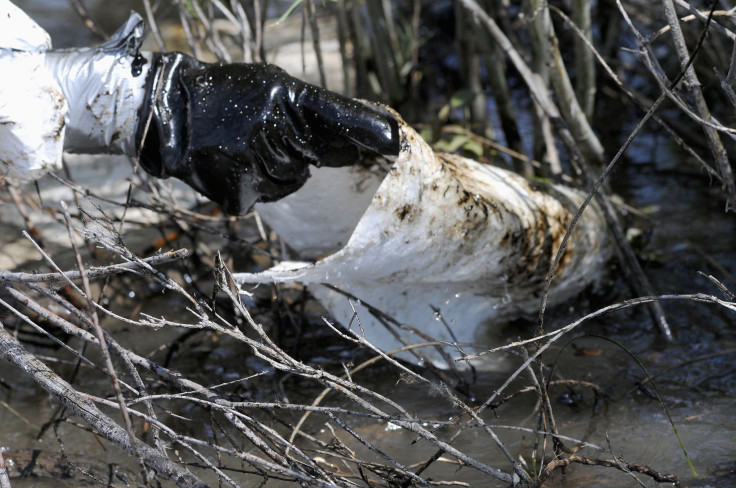Yellowstone River Oil Spill: Melting Ice Complicates Cleanup Efforts

Efforts to clean up an oil spill in Montana's Yellowstone River have hit a hurdle as warmer temperatures continue to melt the ice in the river, according to media reports. The melting ice has also sparked fears that the oil spill, which occurred about 5 miles upstream from the city of Glendive, could spread further downstream.
“Our goal has always been to recover as much oil as we possibly can and we're going to continue to hold that posture,” Bill Salvin, a spokesperson for the Wyoming-based Bridger Pipeline, which owns the Poplar Pipeline that ruptured, reportedly said, adding that the company is monitoring a 90-mile stretch of the river to ensure that any oil that washes up along the riverbank is cleaned up.
“The challenge is, once the ice breaks up it does make it more difficult to find the oil,” Salvin said. Until now, cleanup crews, supervised by the U.S. Environmental Protection Agency, were utilizing a technique known as “ice-slotting” to recover the spilled oil. However, as the ice has become unstable, the technique can no longer be used, according to local media reports.
So far, over 22,000 gallons of oil have been recovered from the ruptured pipeline as well as the river, according to figures released by the Montana Department of Environmental Quality (DEQ).
Authorities have been struggling to decontaminate the Yellowstone River after a decades-old pipeline, running from Canada to Montana, ruptured and released nearly 50,000 gallons of oil into the water on Jan. 17. This was the second major oil spill into the Yellowstone River in less than four years. In 2011, over 60,000 gallons were discharged into the water after a pipeline, owned by Exxon Mobil, ruptured.
Tom Livers, director of the Montana DEQ, said that preparations made in the wake of the 2011 oil spill had ensured that they were “not caught off guard” by the latest oil spill.
“I would say it was a surprise (that the Poplar Pipeline broke) but we were not caught off guard,” Livers reportedly said. “We were way more ready for it as opposed to (the Exxon spill) when we were figuring it out as we went along.”
© Copyright IBTimes 2024. All rights reserved.












